
Time Travel in the World of Advertising
Dieser Artikel ist älter als ein Jahr!
One of the first advertisements was for a Leipzig book publisher, Johann Friedrich Kleditschen, who placed his advert on 1 February 1690 in a publication called “Monatliche Unterredungen”, or “Monthly Conversations”. Be it this historic ad, or others---which range from Coca-Cola signs and labels to ads for Mercedes, a Nivea hand crème ad from 1924, or a 1934 ad promoting the wonders of a household cleanser called ATA - Austria’s Hans Böck has collected the world’s largest Internet collection of advertising and brand-names. Citing such international museums as the Albertina in Vienna, the British Museum, the Metropolitan Museum in New York or the Louvre in Paris, Böck says such museums highlight mankind’s devotion to the arts and culture, but then he asks, “What museum presents itself on a global scale for the history of brand-names and advertising? Advertising is also art, advertising is also culture.” Ads recall the memories and emotions of a person’s first cell phone, their first car, their first typewriter.

© Hans Böck
Mister Quotation
Hans Böck is not unknown, having scored a success years ago when he set up the quotation data bank known as zitate.eu, which even members of the German parliament have used to spice up their speeches. With the advertising collection ADSandBRANDS.com, Hans Böck has put together a collection which makes even Google look tired in comparison. “There is not a data bank or collection, offline or online, where one has access to advertising material from past centuries at the click of a button,” says Böck. He was inspired by Winston Churchill who once said, “Only those who can look far into the past can look far into the future.”
The Biggest Ads Collection
Over 32,000 pieces of ad material from 5590 companies around the world have been collected on ADSandBRANDS.com. Böck: “This is just a small part of my collection, of which only five percent has been scanned online.” For the past seven years in the Lower Austrian town of Bad Vöslau he has collected magazines from across the globe. He has transformed his parents’ former house into a warehouse for his collection, a warehouse which is filling up as Böck continues to buy magazines and newspapers to add to his collection.” He long ago gave up trying to find a company which would insure his collection
The Treasure Trove Known as eBay
Böck had four co-workers scan the ads onto the Internet. Böck himself decides which items will be scanned, saying “that’s the boss’s prerogative”. His collection encompasses everything from the first edition of the German newsmagazine Der Spiegel in 1947 to all the issues of the magazines Focus and Profil (a collection he recently acquired for 2400 euros), to Time magazine. ( Böck says, “Any company which bought ads in Time was known all over the world.”) Böck never tires of buying yet more magazines, most of which were purchased on eBay auctions from three continents between 2001 and 2008. Böck has now shifted his focus eastwards, towards Asia.
The Question of Copyrights
“All advertising published more than 70 years and one day ago are copyright-free,” says Böck. And more recent media? “If someone wanted a 1960 Mercedes advert from us as a poster, then we would first seek approval from Mercedes,” Böck explains. There is no copyright on logos used in magazine or newspaper articles because they are considered documentation which can also be accessed over the Internet. Two weeks ago futurezone wrote about plagiarism allegations against Apple. Years before the company put its “bitten apple” symbol on its products, a fashion supplier known as The House of Worth sold its most famous perfume in a bottle shaped like an apple with a bite taken out of it.
Böck says, “We archive and document ads in the service of society and also as contracted jobs for firms such as Beiersdorf, Henkel Europe, Mars, UniCredit, Raiffeisen Bank, Underberg, Vienna Insurance Group, the City of Vienna, etc. Those requests are based less according to theme or topic. We also constantly receive requests from firms and companies. They often want to know which ad agency did a particular promotions campaign. That means that most companies do not document the history of their own advertising and brand-name campaigns. That can be easily explained: businesses live in the moment and look to the future, but in doing so ignore the past.”
International Portal
ADSandBRANDS.com is not just the world’s biggest ad museum, but also “a better archives” than the companies which originally commissioned the ads. “Most firms don’t have an archive of their ads,” says Böck. “And if they do, they are not as easy to access as my Internet portal.” Böck now receives requests from around the globe. For a company in Qatar the man from Bad Vöslau is now putting together documentation of advertising in the Middle East.
It is not just companies which are interested in the ads which they used 50 or more years go. Today’s advertising and creative agencies and studios use old ads to inspire new ones. Ads are put on the website in low-defintion, but can be bought in high-defintion for fees ranging from 300 to 1500 euros.
Better Than Google
Böck does not see ADS and BRANDS.com as an actual start-up. The site is six-and-a-half years old, as the portal was launched on 3 May 2005. To date, Böck has invested an estimated 1.5 million euros in the project. He is now pushing to expand more internationally. “I bring the portal to people interested in advertising and history, but people are also excited because the site evokes childhood memories,” Böck says. “Google and other search machines simply cannot compete with what ADSandBRANDS.com has to offer.” We are a specialist search engine, but a very unique specialist search engine.”

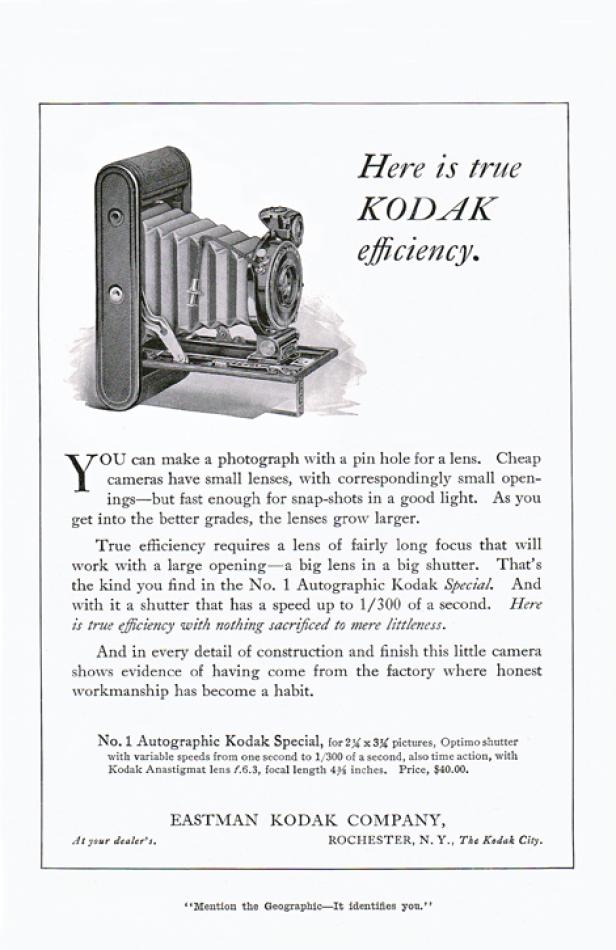
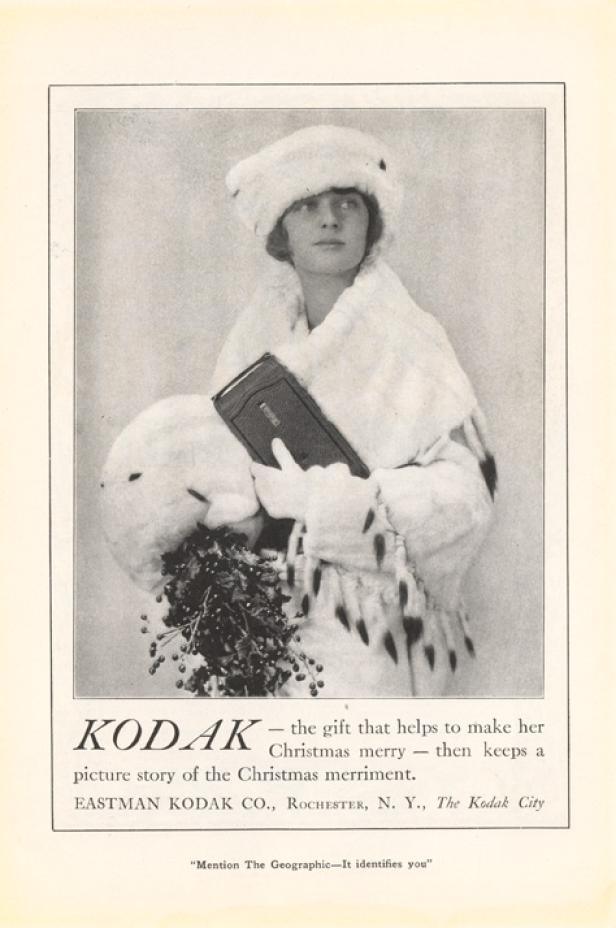
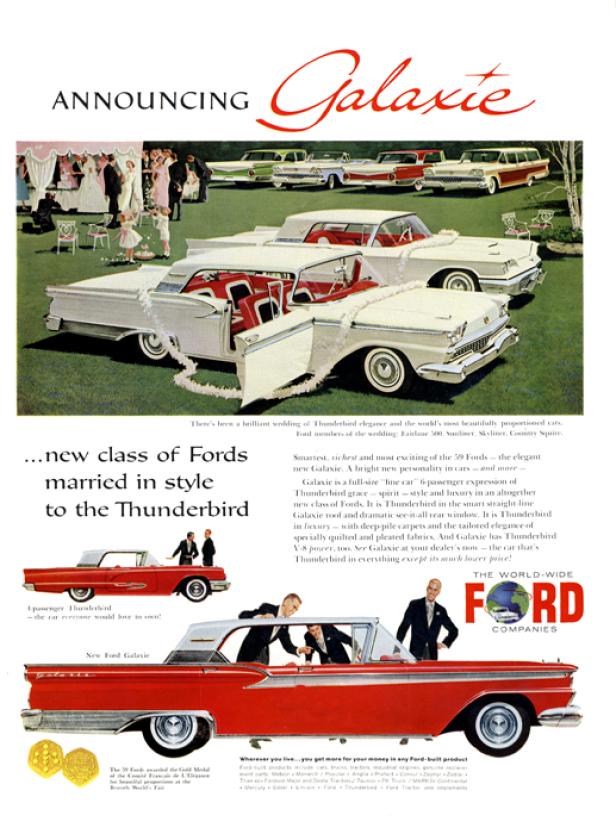
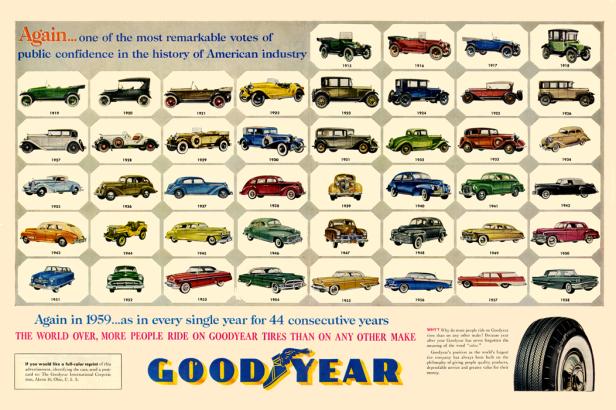

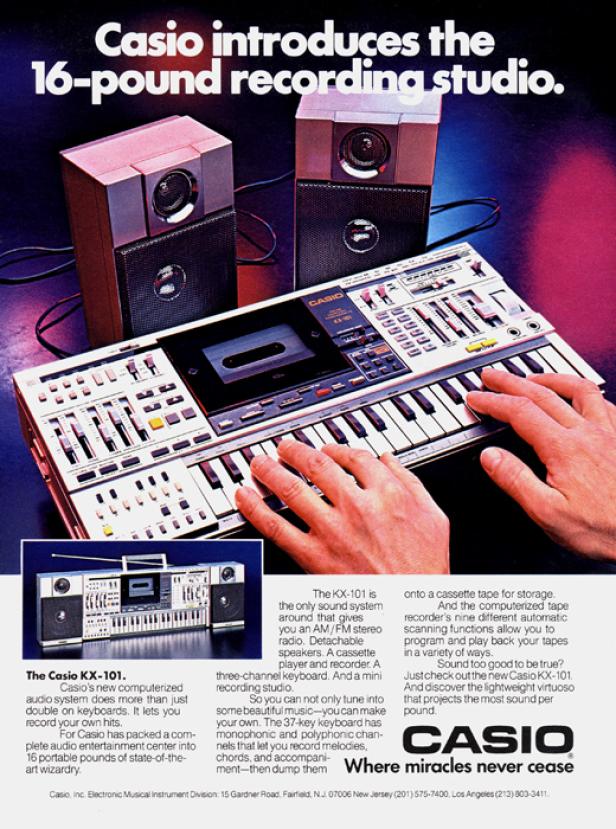
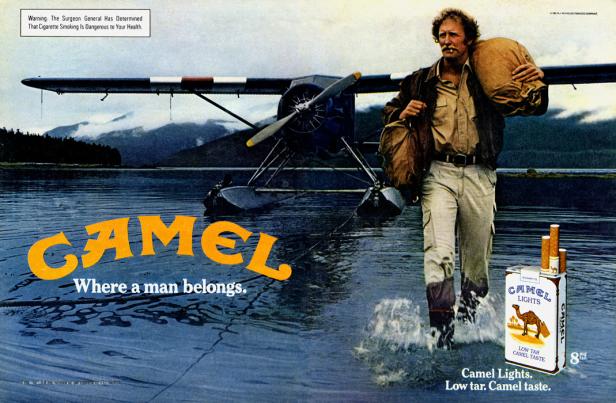
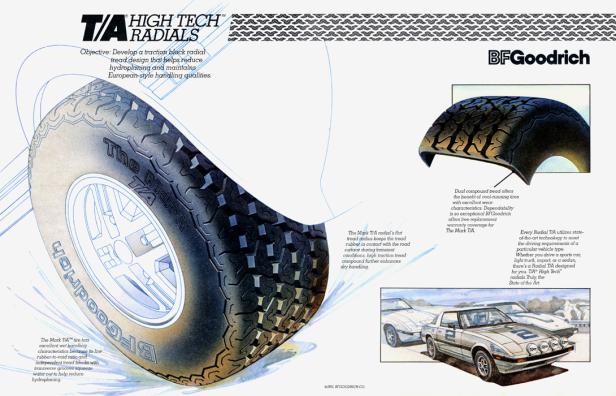
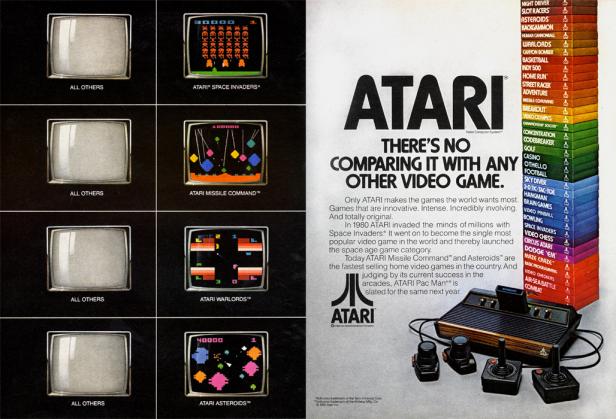


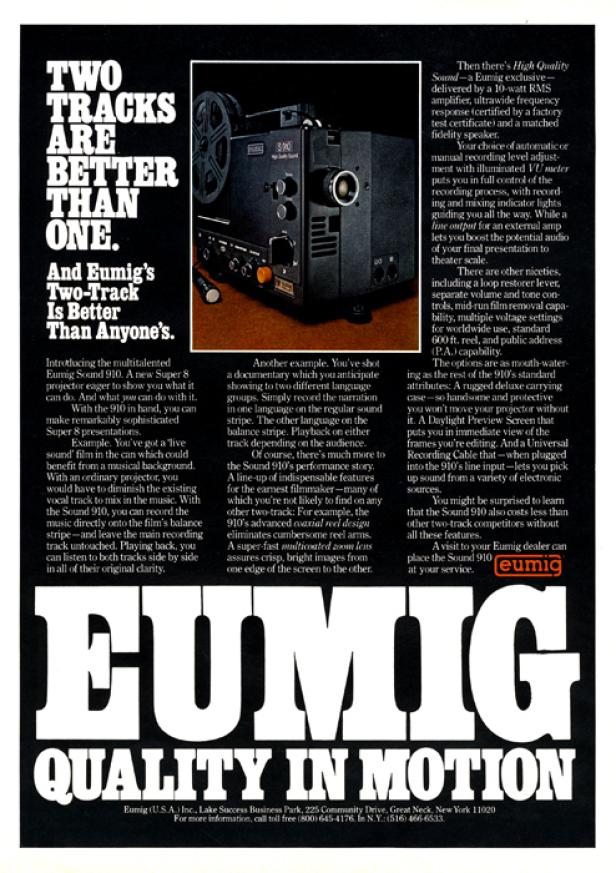
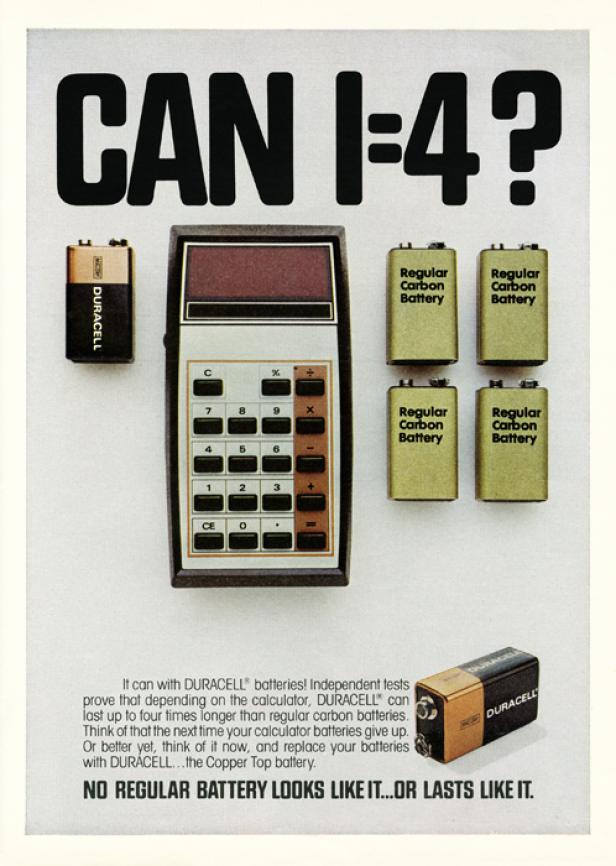
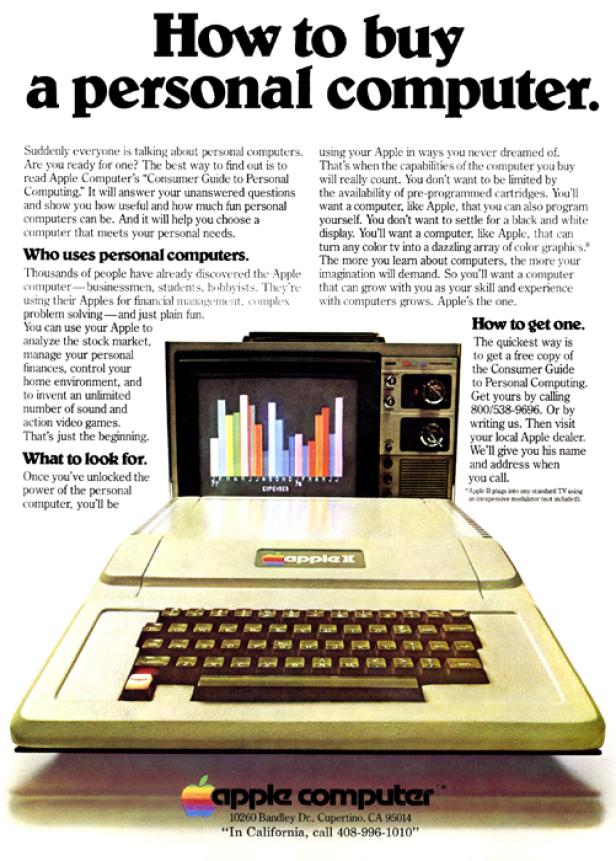
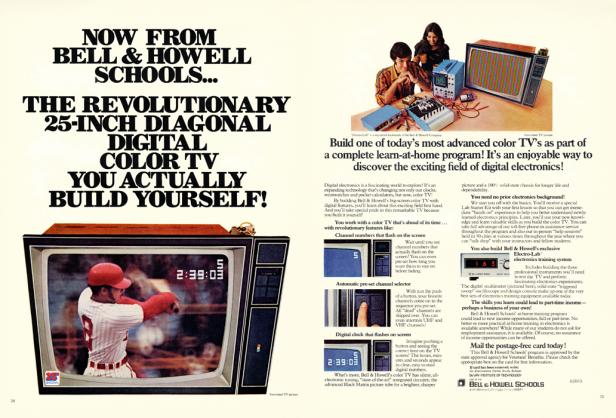


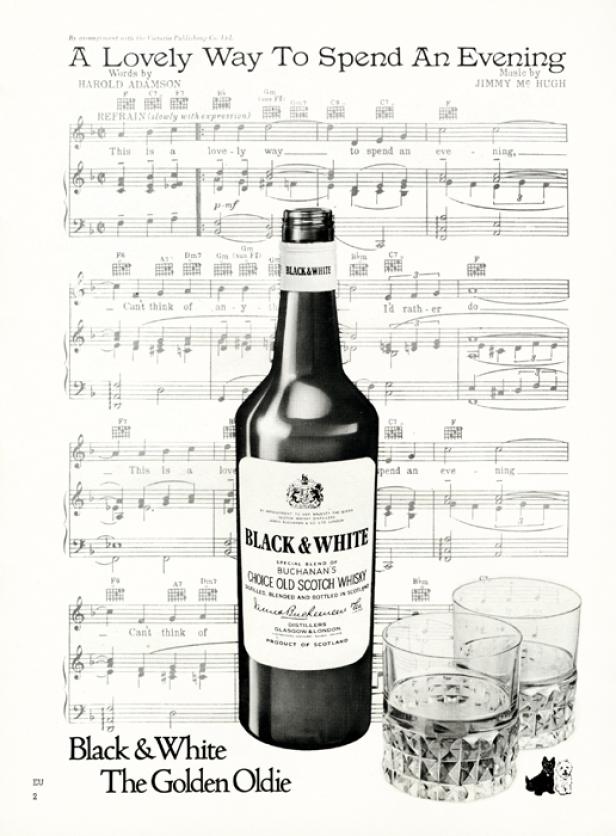
Kommentare